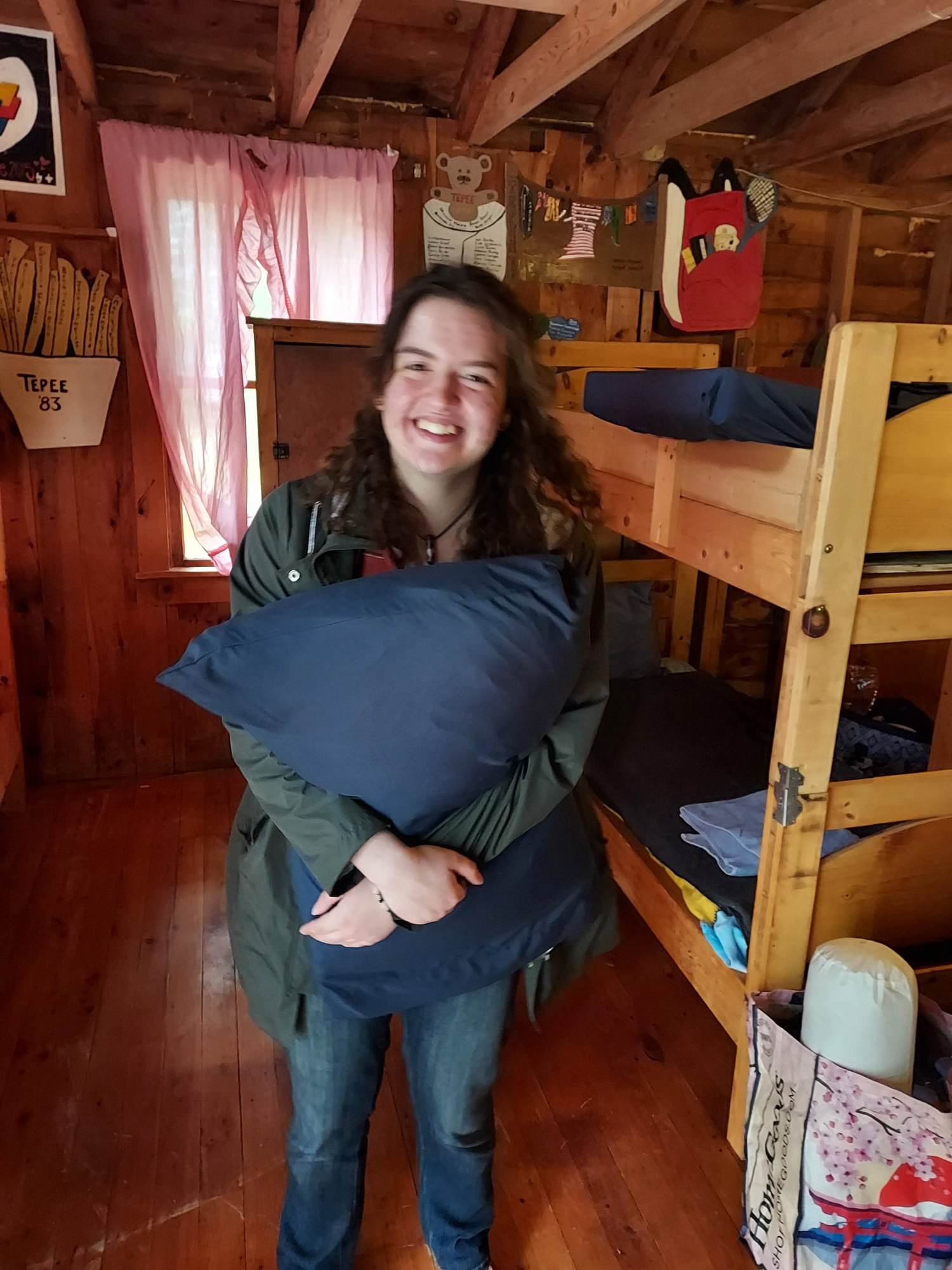Celebration of Scholars
#45: A Molecular Dynamics Investigation of the Mechanism of Drug Binding to the V122I Transthyretin Protein Variant
 Name:
Kaleigh Leach
Name:
Kaleigh Leach
Major: Neuroscience
Hometown: Lake Geneva
Faculty Sponsor: Kevin Morris
Other Sponsors:
Type of research: Independent research
Funding: National Science Foundation
Abstract
The transport protein transthyretin (TTR) carries hormones in the bloodstream. Mutants of this protein can misfold and dissociate into monomers that aggregate into fibrils. The disease familial amyloid cardiomyopathy or FAC is a genetic disorder where these amyloid fibrils aggregate into plaques around the heart. The TTR mutant studied here is a substitution of residue Val-122 with an Isoleucine (V122I). In 2021, Cioffi et al. reported that the compound TKS14 bound to TTR, stabilized the tetramer and inhibited plaque formation making TKS14 a potential drug therapy for the treatment of FAC.
In this study molecular dynamics (MD) simulations were used to investigate the binding of the TKS14 molecule to the V122I transthyretin mutant. The goal of this study was to identify which amino acid-ligand interactions were important for ligand binding to the V122I mutant.
To carry out all of the MD simulations AMBER16 and MOE software was used. Then the H-bond interactions between the ligand and the receptor were analyzed. Free energies of ligand were also calculated.
Previous work shows that TKS14 has a two-point interaction with TTR involving H-bonding to TTR residues Ser-117 and Lys-15. The goal of our research was to determine how much both parts of the two-point interaction contributed to the binding of the ligand to the receptor. We first changed Ser-117 to Ala to eliminate one part of the two-point interaction.
We also removed the carboxylate functional group from the ligand so the interaction with Lys-15 couldn't occur. The MD simulations showed that each part of the two-point interaction contributed approximately equally to the binding of TKS14 to TTR.
Submit date: March 21, 2024, 1:16 p.m.
